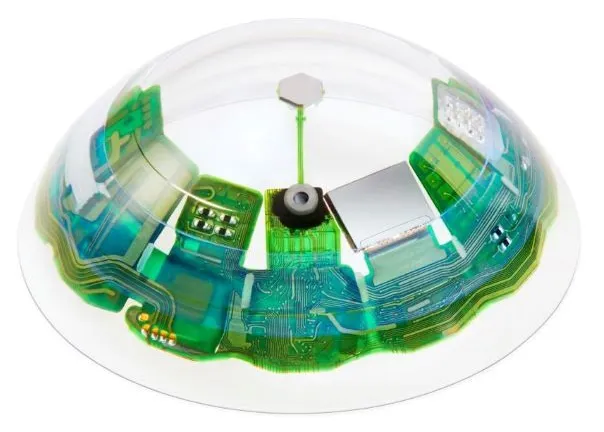AR Synergy
As a subset of the CE space, the display industry is also fiercely competitive, and panel producers are like sharks, always on the move toward feeding orders into the massive capital investments that are necessary to maintain a position of strength in the industry. While progressively shorter product cycles over the years seems to present more opportunities for display product wins, those wins are relatively short-term in nature and panel producers must feed the beast regularly. As these product cycles shortened, display producers looked for customers that might have more sustainability in terms of product cycles and as far back as 1986 the automotive industry began including touch screens and infotainment systems which carried high margins, very long product cycles, and relatively light competition.
While widespread use of driver oriented informational automotive displays are just beginning to be part of the ‘automotive experience’, given the long product development lead times, more advanced automotive display products are already in development including some that use AR (Augmented Reality) to make it easier for the driver to see such information without having to take their eyes off the road. By using AR HUD (Head’s Up Display) a wide variety of information can be displayed right in the driver’s field of view and with combined with an eye-tracking camera, the projected display can follow the driver’s focus wherever it may be. We note that Huawei (pvt) claims to be the producer of the world’s first mass produced AR HUD system, used in the SAIC (600104.CH) Feifan R7, which is expected to be released in September.
Chinese panel producer BOE (200725.CH) has a subsidiary (BOE Varitronic (710.HK)) that has developed a similar product, or at least a road-tested prototype as part of OEM funded development project that is expected to move to mass production sometime in the near future. The system projects a navigational picture ~60” wide at a virtual distance of ~25’ ahead of the vehicle, along with vehicle condition, ADAS information, warnings and other helpful information that is now available to the driver. The projector is said to be 75% smaller than conventional HUD projectors and is based on Micro-LED that can generate peak brightness of 10,000 nits, allowing it to be used in bright sunlight, while other in-vehicle BOE displays are based on OLED and Mini-LED display technology depending on the application.
As panel prices decline to pre-pandemic levels, panel producers once again step up their efforts to find ways to generate more stable sales with automotive displays one of the most lucrative, but competition is increasing, with almost all LCD producers offering at least a few stock automotive panels, while Everdisplay (688538.Ch), JOLED (pvt), and Futaba (6986.JP) offer OLED automotive displays ranging in size from 3.5” to 14”, although we believe LG Display (LPL) is the share leader, with Mini-LED and Micro-LED displays and HUD projectors more of a custom market. One point of synergy here is that HUD projectors function similarly to AR headset projectors, although headset projectors are orders of magnitude smaller, but both categories will benefit from technological developments, increased silicon production, and more advanced optical systems, where VR is impractical for automotive applications, other than as entertainment in autonomous vehicles (a scary prospect in itself). As AR and VR are technologies looking for major applications, we expect automotive HUD to be one that can help to drive AR development over the next few years as more advanced displays and projectors help to make automotive HUD systems more commonplace while consumer AR gains recognition based on the benefits of those HUD displays.













 RSS Feed
RSS Feed